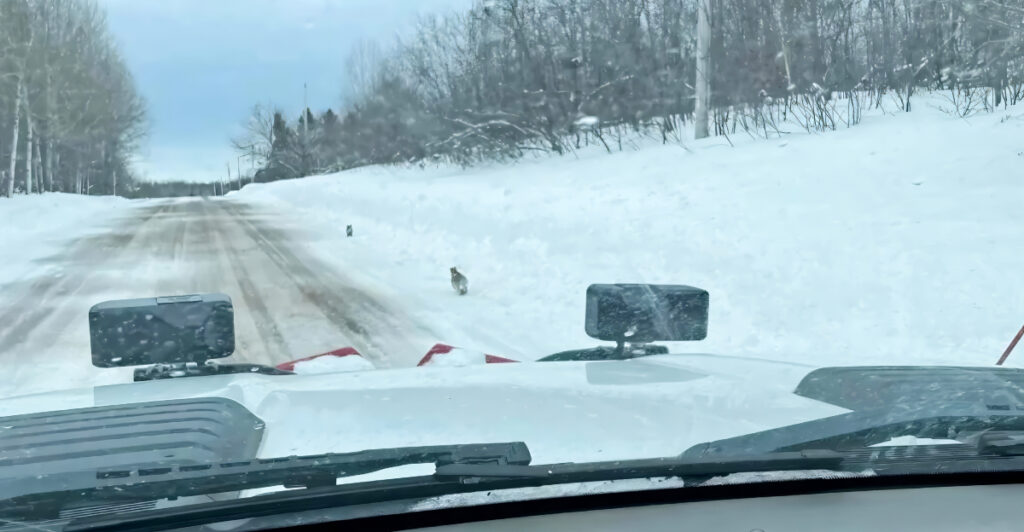
The recent confirmation and photography of cougar cubs in Michigan for the first time in over a century represent a seismic shift in the state’s ecological narrative. Once hunted to local extinction by the early 1900s, cougars (Puma concolor)—apex predators essential to ecosystem balance—were assumed to be absent rather than rare, wandering males.
The March 2025 photographs taken by an anonymous Ontonagon County resident and verified by the Michigan Department of Natural Resources (DNR) provide the first concrete evidence of cougar reproduction in modern-day Michigan.
This is not merely a wildlife phenomenon but a potential turning point for conservation, species recovery, and the broader health of the Great Lakes ecosystem.
Historical Erasure and Ghost Species

Cougars used to roam throughout Michigan and the eastern United States, serving an important ecological function by keeping herbivore populations in check and maintaining forest health.
However, aggressive hunting, bounties, habitat destruction, and widespread fear led to their extinction in Michigan by the year 1906. The last known wild cougar was killed near Newberry that year.
For many decades, the species persisted in the public imagination only as a “ghost”—a representation of what had been extinguished due to human intervention. Their absence created a void in the state’s natural hierarchy, with cascading effects on prey populations and forest dynamics.
Why the 2025 Sighting Matters
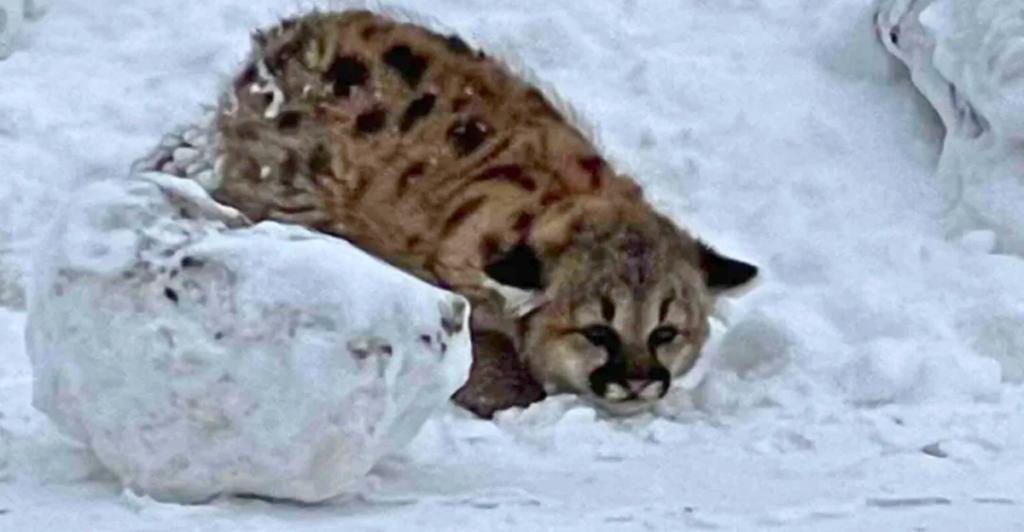
The 2025 sighting is historic because it marks the first verified evidence of cougar cubs in Michigan in more than 100 years. Although 132 adult cougars have been reported since 2008, it is believed that they have all been transient males from western states, without evidence of breeding females or local reproduction.
The existence of cubs, estimated to be 7–9 weeks old, indicates that at least one female cougar was in the area and bred successfully. This can represent the potential for a natural recolonization process, which is a rare and valuable occurrence in modern wildlife management.
The Role of Private Landowners in Cougar Conservation
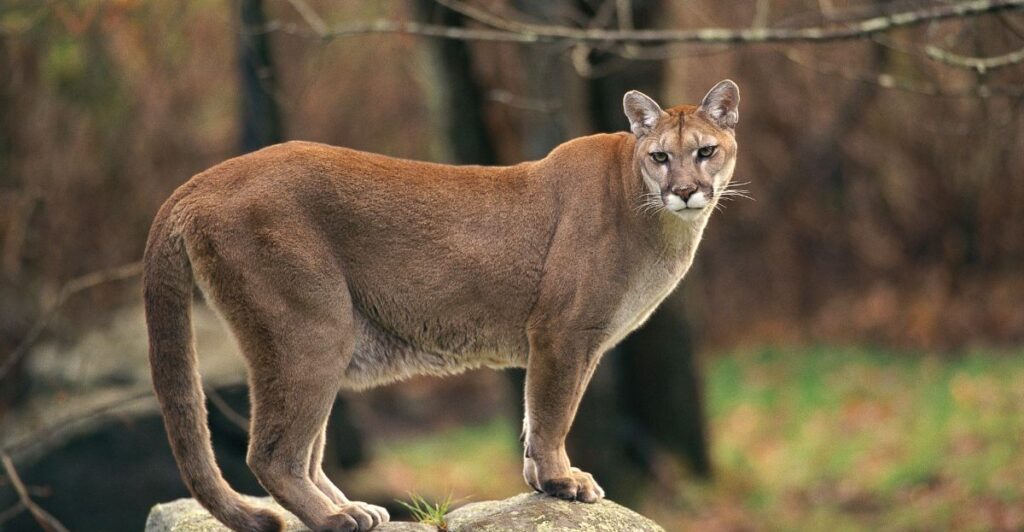
The cougar cubs were recently found on private land in Ontonagon County, where private landowners play a crucial role in wildlife conservation. This requires landholders’ cooperation in allowing access to monitoring and respecting wildlife habitats, which is essential for the survival of elusive species like cougars.
Encouraging responsible stewardship on private lands can substantially increase conservation successes in areas with relatively limited public lands.
Genetics Insights and Population Origins
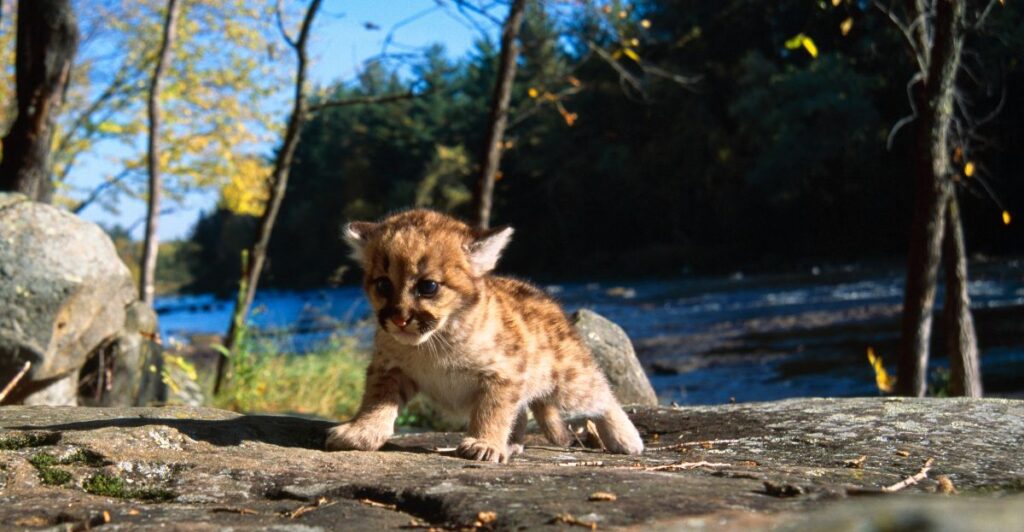
DNA tests on cougars reported in Michigan since 2008 have confirmed that most, including the one killed in Isanti County earlier this month, are transient males leaving one of the established populations in a few western states, including South Dakota and Nebraska.
The presence of cubs strongly suggests that at least one female cougar is claiming territory in the region, which is an important step toward self-sustaining population levels. Genetic studies will be important to trace lineage and understand connectivity with other cougar populations throughout the Midwest.
Habitat Suitability in the Upper Great Lakes Region
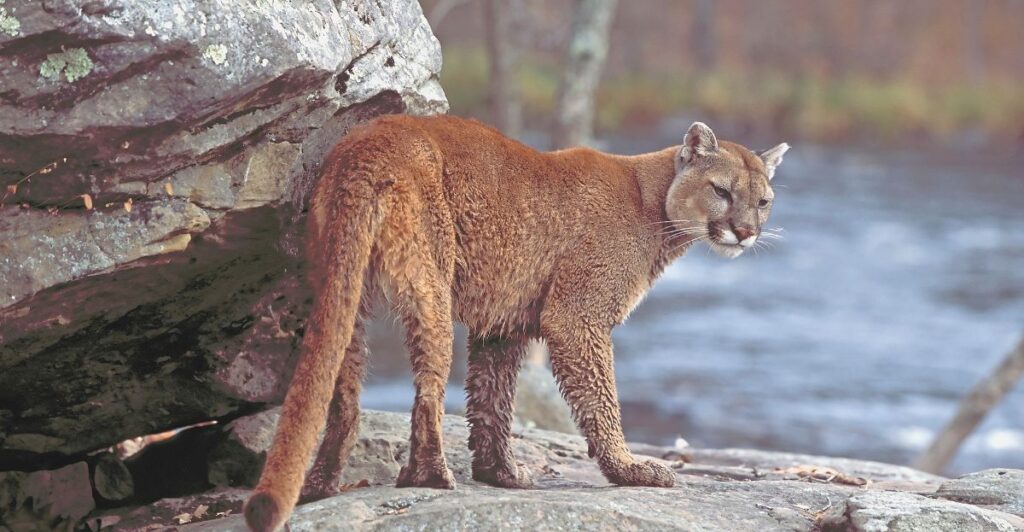
Scientific studies indicate that northern Michigan, Wisconsin, and Minnesota offer highly suitable habitats for cougar recolonization due to their large amounts of forested land cover, abundant prey, and low human density.
The Upper Peninsula’s large tracts of continuous forest provide the cover and hunting range cougars require. This habitat capacity raises reasonable grounds for optimism on natural recolonization, although fragmentation and human development remain challenges.
Ecological Implications and Trophic Cascades
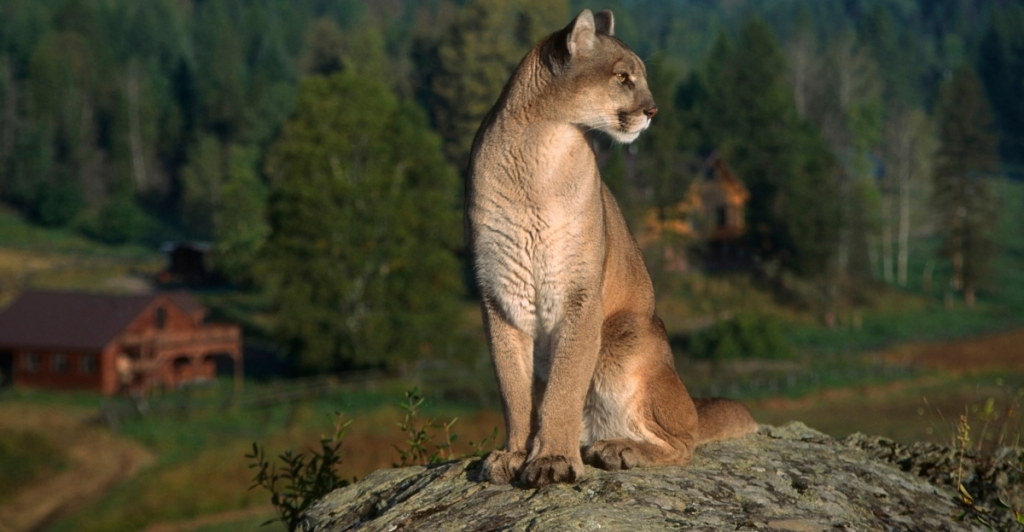
The return of a top predator like the cougar can set off positive ecological ripple effects referred to as trophic cascades. Cougars prey on deer and help control their populations, which in turn prevents deer from over-browsing and lets forests regenerate.
While their presence can indirectly benefit a wide range of plants and animals, it has the potential to help restore balance in ecosystems that have suffered from predator loss. The sighting of cubs is an early sign that Michigan’s Upper Peninsula may be recovering the ecological complexity lost over a century ago.
The Ecological Role Beyond Deer Control
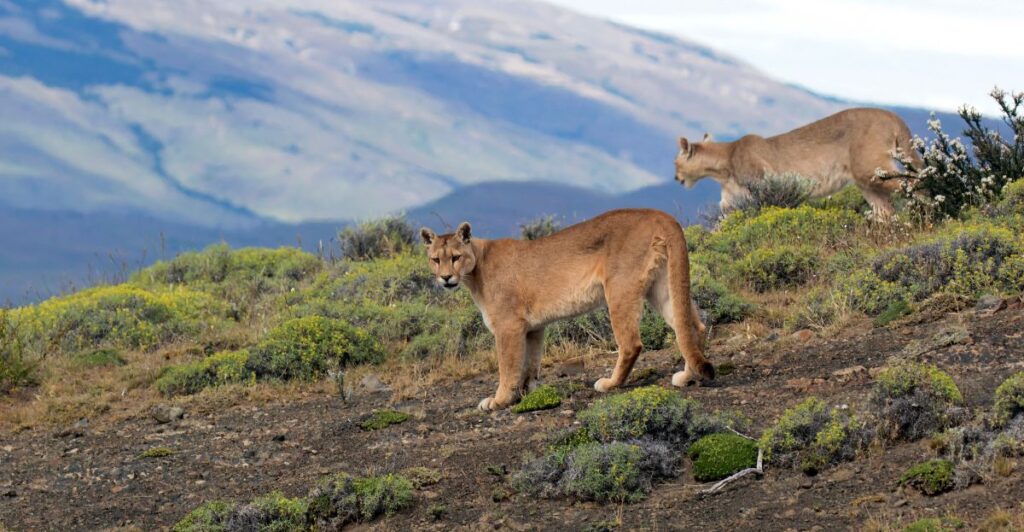
While cougars help regulate deer populations, their ecological role does not stop there. Cougars can indirectly boost overall biodiversity by controlling mesopredators such as coyote, which in turn, supports smaller prey species and ground-nesting birds.
Their return can, therefore, help restore intricate predator-prey relationships that have been absent from ecosystems in Michigan for over a century.
Conservation Challenges and Uncertainties
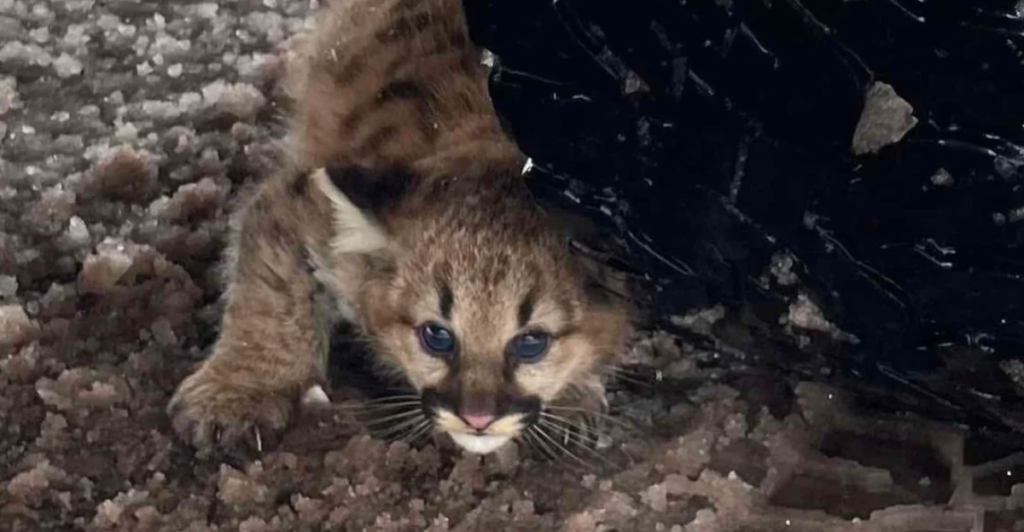
Despite the excitement, the situation remains precarious. The cubs have been photographed without their mother, casting doubt on their survival. Cougar cubs are highly dependent on maternal care for up to two years and face considerable vulnerability to encountering predation, starvation, or human interactions.
The DNR has not been able to confirm the mother’s presence since the sighting, and the cubs have not been seen since March 6, 2025. This highlights the fragility of early recolonization events and the importance of intensive, science-based monitoring.
Human-Wildlife Conflict

While many celebrate the return of the cougars, their presence reignites old fears and practical concerns. Cougars are apex predators that can kill livestock and, on rare occasions, threaten human safety.
Historically, these concerns set the basis for their eradication. In the modern context, balancing public safety, the interests of farmers and ranchers, and conservation priorities will be a significant challenge.
The DNR’s role in public education and conflict mitigation is becoming more important than ever as cougars potentially reestablish themselves in Michigan.
Public Awareness and Outreach Efforts
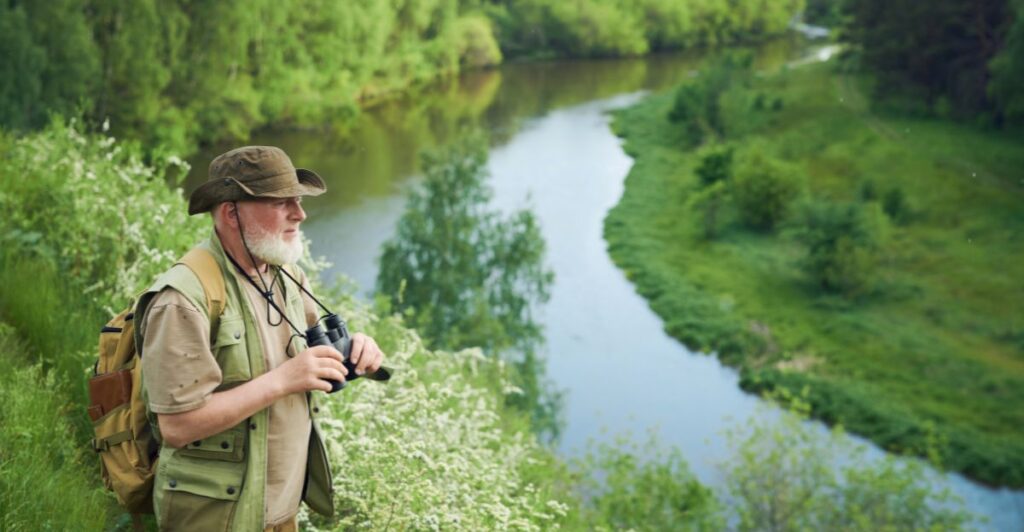
Michigan’s Department of Natural Resources issued a statement last month about the need for public education to eradicate fear and misinformation following the cougar cub sighting.
Outreach programs are designed to educate residents on cougar behavior, how to protect themselves, and the legal protections in place. Public education is essential for promoting coexistence and minimizing potential conflicts as cougars reestablish themselves.
Potential Conflicts with Agriculture and Livestock
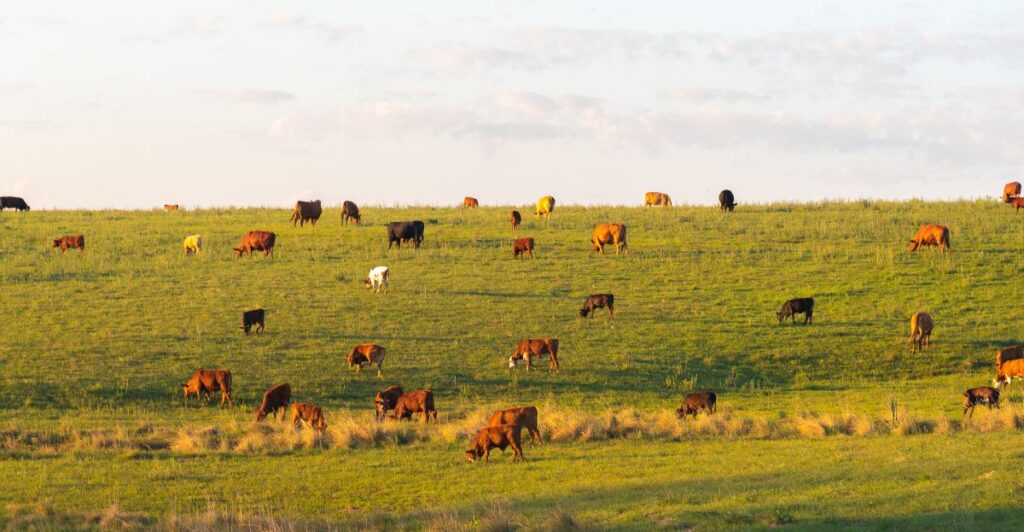
Cougars’ return raises concerns among farmers and ranchers, who worry about livestock predation. While such incidents are relatively rare, they can have economic impacts on rural communities.
Wildlife managers are exploring alternative deterrents and compensation programs to address these conflicts before they occur, balancing conservation goals with agricultural interests.
The Broader Trend—Cougar Range Expansion
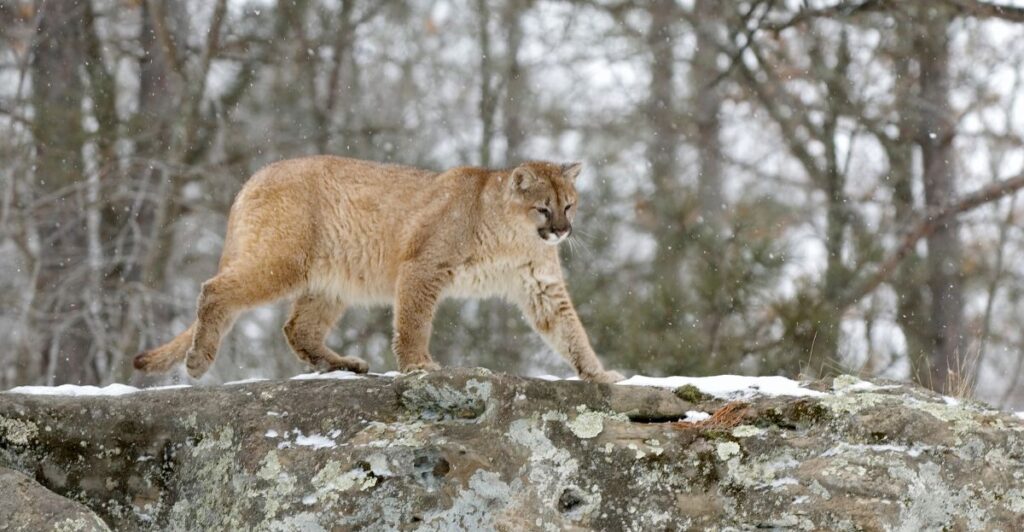
The Michigan cubs are part of a broader continental trend. Cougars are moving eastward from their strongholds in the western United States, recolonizing areas that they have not occupied for generations.
This expansion is made possible by better habitat connectivity, legal protections, and changing attitudes toward predators. The sighting in Michigan might foreshadow similar events in other midwestern and eastern states, potentially leading to a re-mapping of North American apex predators over the next few decades.
Corridors of Connectivity Matter
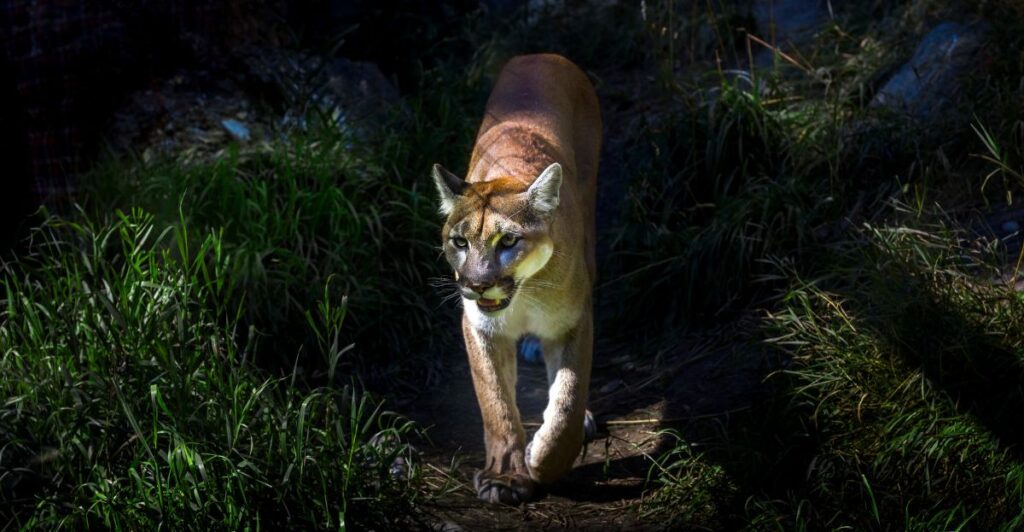
The extent to which cougars will be able to fully recolonize Michigan will depend in part on whether the current habitat patches remain connected to one another, through wildlife corridors, as they have done at least until now.
They allow safe dispersal and gene flow between populations, reducing inbreeding risks and promoting long-term viability. Infrastructure planning that includes wildlife crossings and limits habitat fragmentation is increasingly considered as a conservation priority.
Climate Change Effects on Cougar Range Expansion
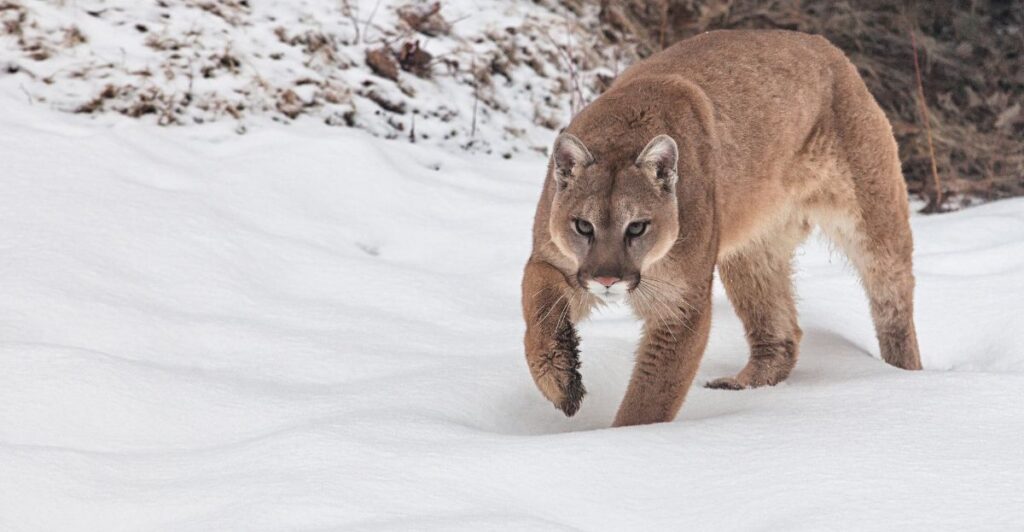
Climate change could affect cougar distribution by altering habitat suitability and prey availability. Warmer temperatures and changing forest composition could expand or shift suitable habitats northward and eastward. Understanding these dynamics will be important for anticipating future cougar range expansions and managing ecosystems accordingly.
Tourism, Technology and Citizen Science
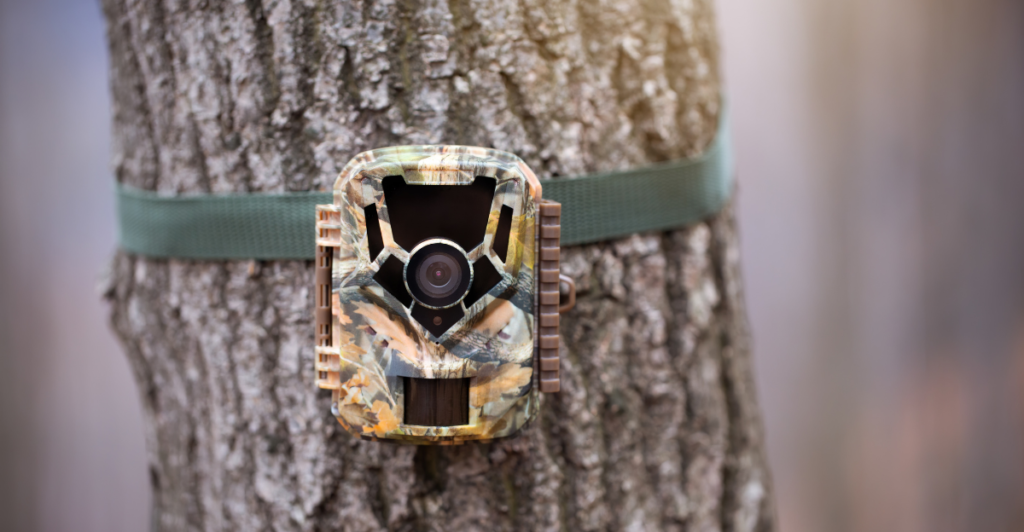
The cougars’ return could transform Michigan’s identity, positioning it as a destination for wildlife enthusiasts who want to catch a glimpse of rare species like wolves, moose, and now cougars.
Advances in technology — trail cameras, DNA analysis, crowd-sourced reporting — have democratized wildlife monitoring and made such discoveries possible.
The role of the anonymous photographer emphasizes the power of citizen science in conservation, while also raising privacy and ethical questions about wildlife observation on private land.
Cougar Monitoring
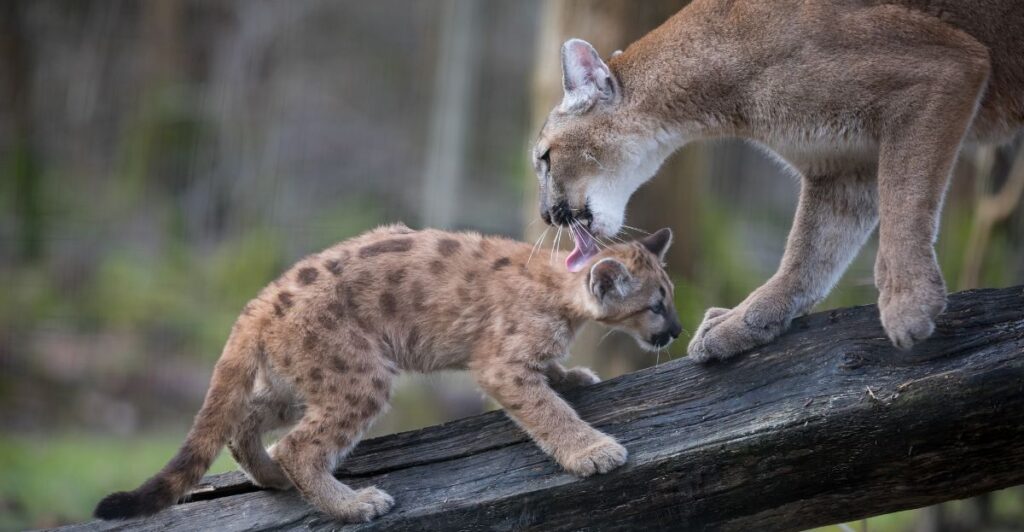
Photographic evidence showing the new arrivals came from a local resident, demonstrating the ever-growing role that citizen science plays in conserving wildlife.
Mobile apps like Michigan’s Eyes in the Field enable the public to report sightings. These data can provide valuable complements to official monitoring efforts. Allowing citizens to participate encourages community investment of conservation and improves detectability of rare and elusive species.
A Model for Recovery

If cougars manage to restore a breeding population, Michigan could serve as a model for the recovery of large carnivores in human-dominated landscapes. This would have profound implications for land management, hunting laws, and rural economies.
Conversely, failure to protect these early pioneers could reinforce negative perceptions and delay recovery progress for decades. This also raises theoretical issues about genetic diversity, migration corridors, and the influence of climate change on species distribution.
Future Impacts on Wildlife Conservation in the Midwest
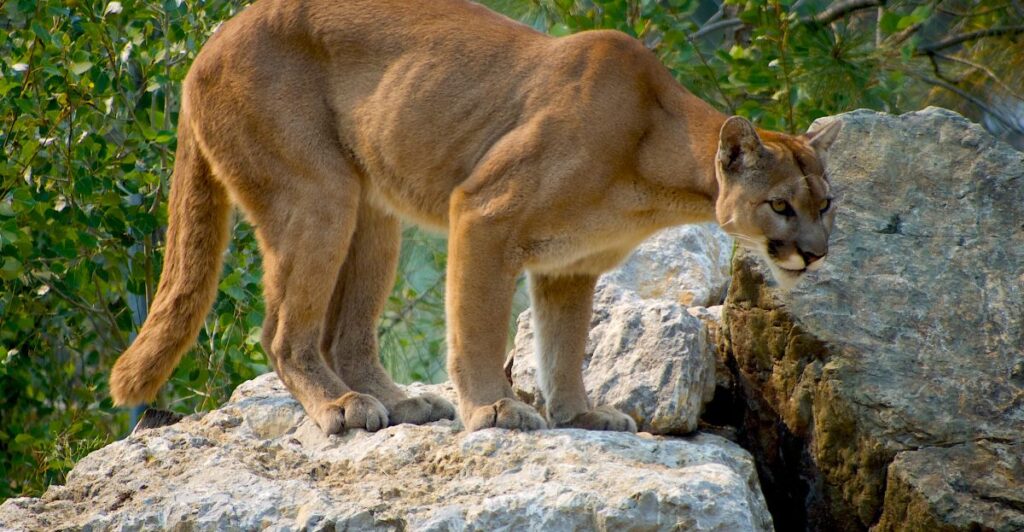
The confirmed reproduction of cougars in Michigan might herald the start of a broader predator recovery trend in the Midwest. This may cause changes in ecosystem structure and require management in multiple states. Interstate collaboration will be vital to resolving issues, including habitat connectivity, human-wildlife conflict, and public policy adaptation.
Is There Hope?
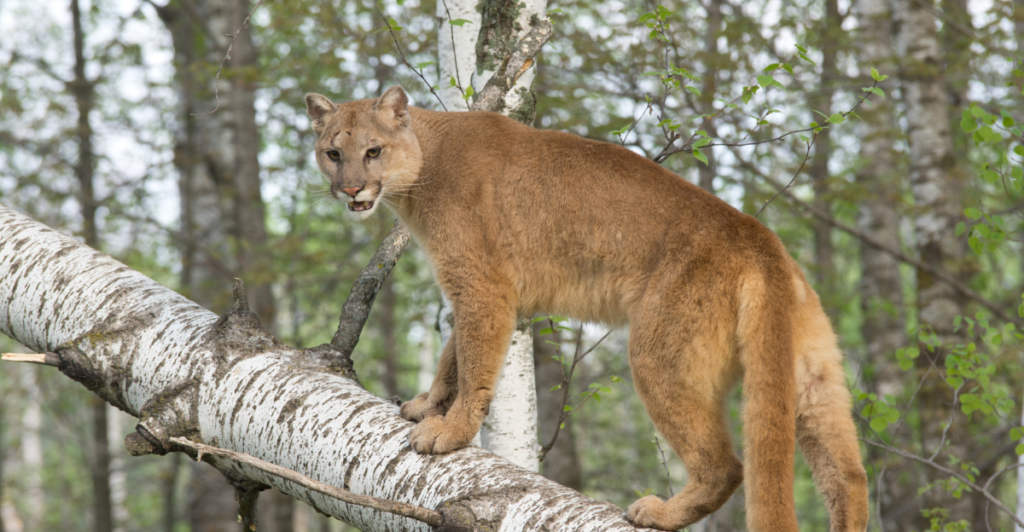
The photography and confirmation of Michigan cougar cubs in 2025 is a watershed moment for conservation, ecology, and public perception. It also fights against the narrative of irreversible loss, demonstrating nature’s resilience when simply given the opportunity.
Yet this is not a story of triumph, but of fragile hope — one that requires vigilant stewardship, robust science, and honest public conversation. Michigan stands at a crossroads, potentially serving as a model for Midwest predator recovery or an example of a missed opportunity. The next steps will shape not only the fate of its “ghost” species but the legacy of its wild places.
Explore more of our trending stories and hit Follow to keep them coming to your feed!

Don’t miss out on more stories like this! Hit the Follow button at the top of this article to stay updated with the latest news. Share your thoughts in the comments—we’d love to hear from you!







